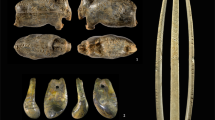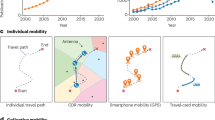Abstract
Automatic map drawing offers some attractive prospects: speed, a substantial saving in costs, and an increased understanding of man's environment. The Joint Computer Groups of the Institution of Electrical Engineers, the Institution of Electronic and Radio Engineers, and the British National Committee for Geography of the Royal Society organized a one day discussion of these prospects in London on March 20. Those present emphasized the need for automated cartography, and were hopeful that it could be achieved.
This is a preview of subscription content, access via your institution
Access options
Subscribe to this journal
Receive 51 print issues and online access
$199.00 per year
only $3.90 per issue
Buy this article
- Purchase on Springer Link
- Instant access to full article PDF
Prices may be subject to local taxes which are calculated during checkout
Similar content being viewed by others
Author information
Consortia
Rights and permissions
About this article
Cite this article
Our Special Correspondent. Instant Maps. Nature 214, 230–231 (1967). https://doi.org/10.1038/214230a0
Issue Date:
DOI: https://doi.org/10.1038/214230a0
Comments
By submitting a comment you agree to abide by our Terms and Community Guidelines. If you find something abusive or that does not comply with our terms or guidelines please flag it as inappropriate.



